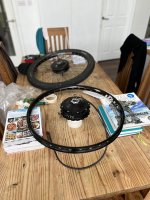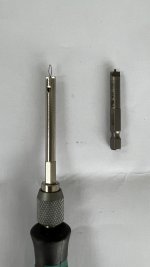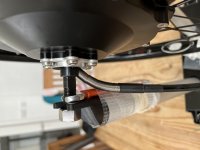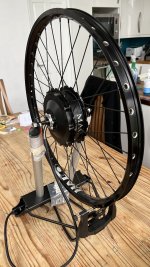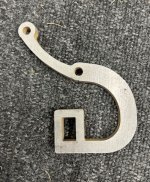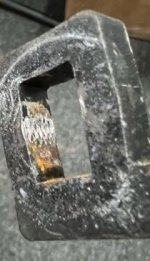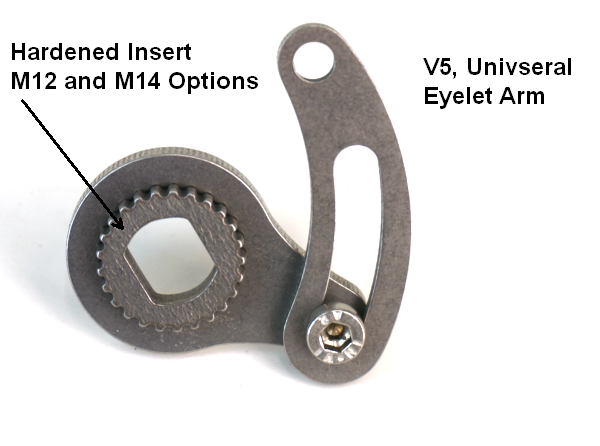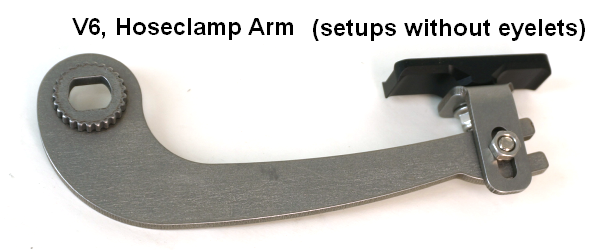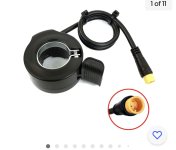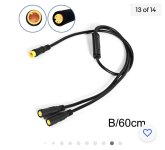My first wheel build is complete, it wasn't as hard as I was expecting, here are some thoughts:

I ended up buying a comically expensive sapim nipple wrench, only to find that I couldn't use it, for two reasons.
The gap between the two 'blades' on the wrench isn't big enough to fit over the sapim e-strong spokes without forcing it, which scratches black spokes.

The angle between the nipple and spokes is not as straight as it would be with a standard wheel because of the hub motor and so you can't slide the wrench down onto the nipple.
I ended up doing 99% of the truing using a nipple driver rather than a spoke wrench.
I have now purchased a cheap nipple wrench which will do the job in future.
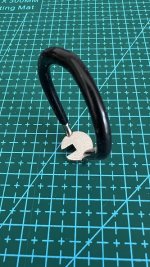
I have also purchased another nipple driver with a 2.5mm stub which is great for getting all the spokes into an equal starting position. The 1.5mm version I used was just a bit too short meaning the spokes were too tight for starting off with.
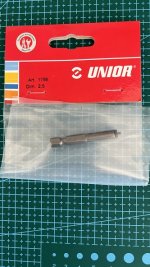
I haven't got a spoke tension meter but all the spokes seem nice and tight, we'll see what happens on first ride.
I'm glad I got the truing stand, it made everything much easier, finished wheel is within 1mm laterally and radially.
Spoke wind up was definitely a thing, I made sure to de-stress the spokes as I went along with a wooden spoon handle similar to the Grin hub building video.
There is a significant amount of adjustment depth within a nipple, several millimetres, next time I would order spokes 1mm smaller than the calculator says, as this would have made lacing the wheel just a little easier.
I haven't actually tried the wheel yet as I want to use a particular disc brake rotor I have, but the rotors don't work with avid bb7 / bb5 as they catch.
I'm thinking I might try some Clarks hydro's which look like they would work although can't be sure.



